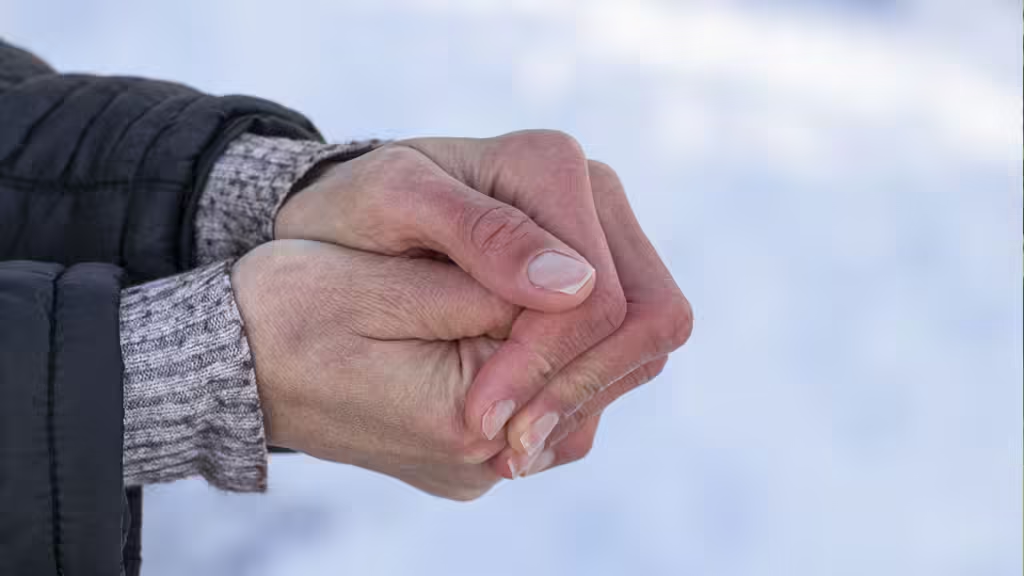Overview
Get out of the cold or cover any exposed skin if you feel any redness or pain in that area of your body; frostbite may be starting.

What is the definition of frostbite?
One kind of harm brought on by cold is frostbite. It causes loss of colour and feeling in the affected areas, which are typically the extremities such the nose, ears, cheeks, chin, fingers, and toes. Amputation is a possible outcome in extreme cases of frostbite, which can cause lasting harm to the body.
Factors at risk
Your risk of getting frostbite could be higher if you:
has inadequate blood flow
are not clothed appropriately for the bitterly cold weather
Things to watch out for
Get out of the cold or cover any exposed skin if you feel any redness or pain in that area of your body; frostbite may be starting.
Any of the following indications could be a sign of frostbite:
a patch of white or grayish-yellow skin
Skin that feels waxy or unnaturally stiff
numbness
Because the affected areas of the body are numb from the freezing, a person may not be aware that they have frostbite until someone else makes the observation.
Act now rather than waiting.
Get Infographic Here

Seek medical attention if you or someone else exhibits indications of frostbite. Verify whether the individual is exhibiting any hypothermic symptoms as well. A more serious condition that necessitates emergency medical attention is hypothermia.
In the event that a person exhibits symptoms of frostbite but not hypothermia, and that prompt medical attention is not readily available, take the following actions:
Move the person as quickly as you can into a warm room.
Avoid walking on frostbitten feet or toes unless absolutely necessary as this exacerbates the damage.
Avoid massaging or rubbing the frostbitten region with snow. More harm could result from this.
Place the frostbite-affected areas in warm, not hot, water (the unaffected body portions should feel comfortable to the touch).
Use your body heat to warm the affected region if warm water isn’t accessible. For instance, you can thaw frozen fingers by placing your armpit over them.
Avoid using a heat lamp, heating pad, stove, fireplace or radiator heat for warming. The affected parts burn readily and are numb.
Do not use these procedures in place of appropriate medical care. A medical professional should examine someone who has frostbite. And never forget that hypothermia is a medical emergency that requires prompt attention.
Get ready.
One of the best ways to get ready for health issues associated with cold weather is to take a first aid or emergency resuscitation (CPR) training. Protecting your health and the health of others starts with knowing what to do.
Your best line of defence against dealing with really cold weather is preparation. You can lessen your chance of experiencing health issues linked to cold weather by making preparations for winter storms and other crises, as well as by adopting safety precautions during exceptionally cold weather in your house and vehicle.

